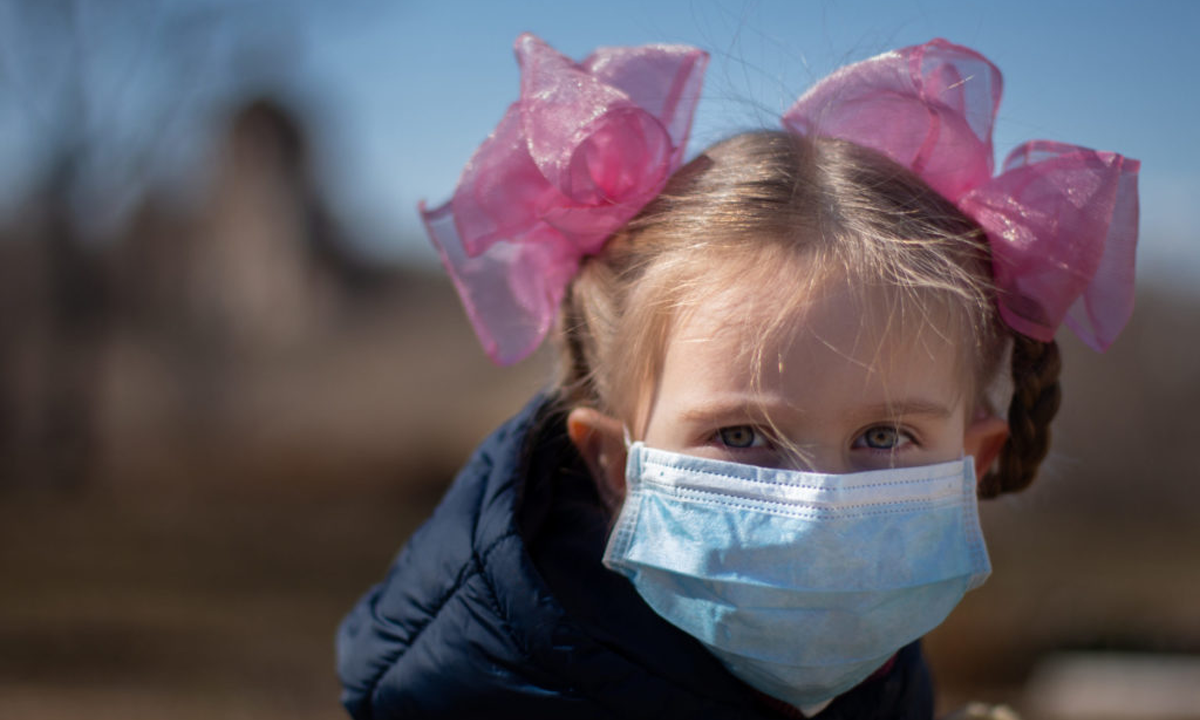San Diego Unified School District recently announced the second phase of its four-phase school reopening plan.
Under Phase 2, students in pre-kindergarten through fifth grade will attend class in-person four days a week for half a day. Students in grades 6-12 will attend in-person class two days a week, for a total of 240 minutes of designated period instruction and 120 minutes of “Flex Time.” On Fridays, all students will have an online check-in and independent learning.
SDUSD is certainly taking a step in the right direction by reopening its schools, but perhaps four steps are unnecessary, given that data have consistently shown schools to have very little impact on the spread of COVID-19.
Brown University Professor Emily Oster has spearheaded an effort to analyze the COVID-19 case rates of students and staff since the start of the pandemic. Using data taken from the second half of September and covering almost 200,000 students across 47 states, Oster’s team of researchers found a case rate of 0.13% among students and 0.24% among staff—both significantly less than the overall U.S. case rate of 2.4%.
According to the Center for Disease Control and Prevention, only 79 COVID-related deaths in the U.S. were of children 14 years or younger, amounting to .038% of all COVID-related deaths in the country since October 21.
If those numbers do not inspire a more rapid approach toward the reopening of schools, then perhaps the declining mental health of children should be more closely considered.
A recent mental health survey conducted by the American Civil Liberties Union of Southern California revealed that the mental wellness of children had dramatically decreased since schools closed in mid-March.
The survey consisted of 653 students across 49 districts. It found that 65% of students rated their pre-pandemic mental wellness a 7 or above on a scale of 1-10. Tragically, less than 40% now rate their current mental wellness at that same level. Additionally, 23% rated their current mental wellness below at a three or less.
Keeping our children safe should rightfully remain a top priority for San Diego, but if all available evidence can lead us to conclude that sending them back to school will not endanger their lives—and that keeping children at home has created issues—then perhaps we should look more closely at the possibility of a faster reopening of our schools.




